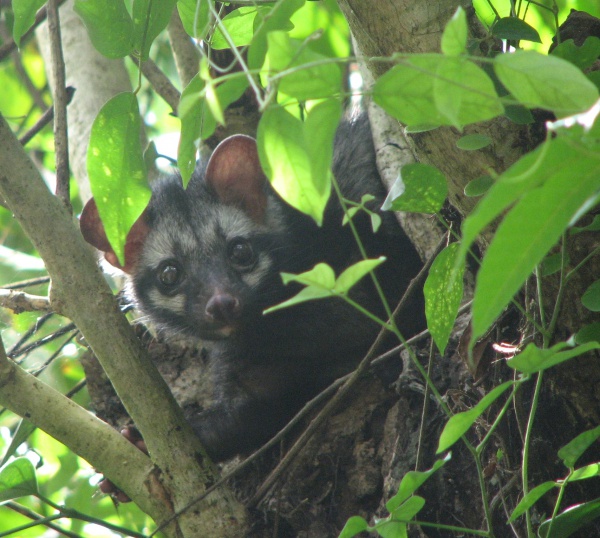Facts About Common Palm Civet (Musang)
The Asian palm civet, a small mammal native to South and Southeast Asia, is listed as Least Concern on the IUCN Red List due to its large populations and wide habitat range. However, in Indonesia, it is frequently poached for the production of kopi luwak coffee, posing a significant threat to its numbers. Interestingly, this species also played a role in the transmission of SARS from bats to humans.
Recognizable by its long, stocky body, coarse greyish fur, and distinctive facial markings, the Asian palm civet is primarily an omnivore. It favors a varied diet that includes fruits, small mammals, insects, and even palm flower sap. This diverse diet enables the civet to play a crucial role in seed dispersal and ecosystem maintenance. Despite its ecological importance, little is known about its mating and reproductive behaviors due to its solitary and nocturnal nature.
The Asian palm civet is found in various countries across Asia, thriving in both primary and secondary forests, as well as suburban gardens and parks. Unfortunately, it faces threats from hunting for bushmeat and the pet trade, particularly in China and India. The rising demand for kopi luwak coffee has further endangered wild populations.
Several conservation efforts are in place to help protect this species, including its listing on CITES Appendix III and the implementation of hunting quotas in Indonesia. However, enforcing these regulations remains a significant challenge. Over the years, the civet has been given several scientific names and subspecies classifications, reflecting its complex taxonomic history. Locally, its name varies across different regions.
In addition to its ecological role, the Asian palm civet also holds cultural significance. In Philippine folklore, it is believed to transform into a human-like figure named Lakivot. This fascinating blend of ecological importance, cultural mythology, and the threats it faces underscores the intricate relationship between the Asian palm civet and human societies.
